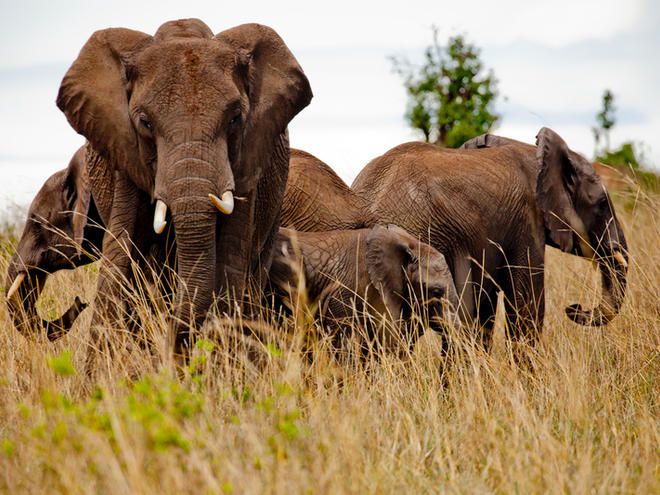Tracking elephants in Kenya to prevent human-wildlife conflict
Published by the World Wildlife Fund
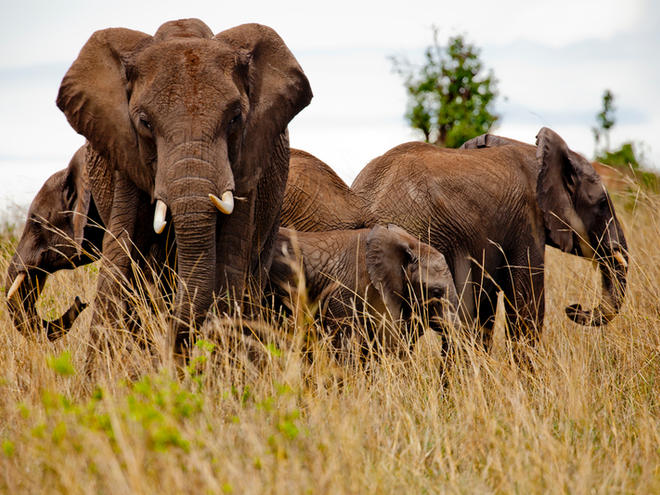


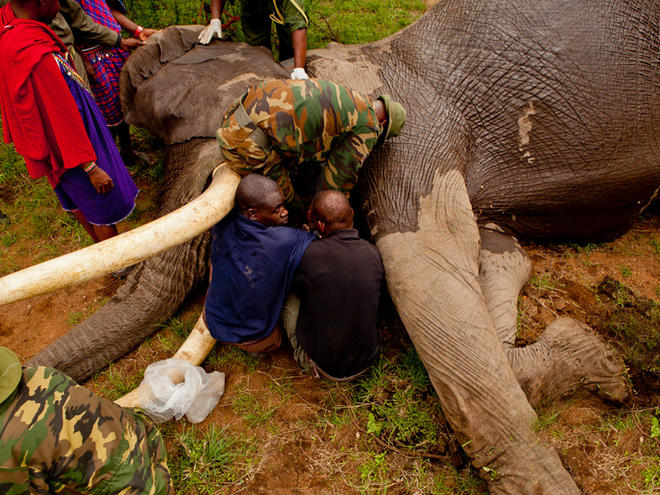
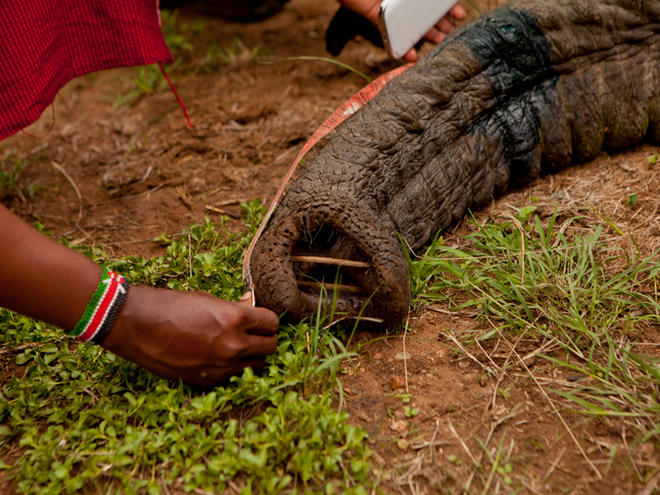
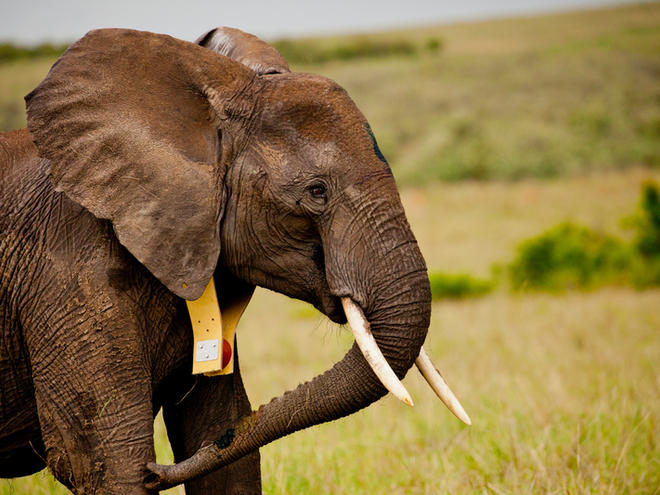
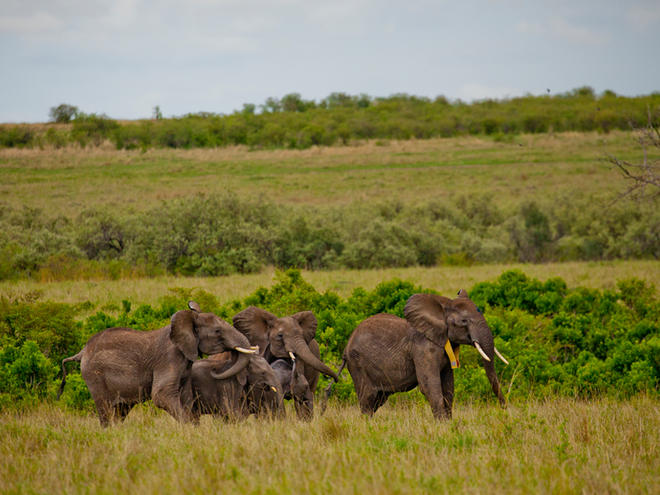
There is a Maasai saying, ‘If you are bold and clever, try to put a necklace on an elephant.’ That’s just what David Leto, a WWF-Kenya Elephant Officer whose father was killed by an elephant, is trying to do. He helps attach GPS collars to elephants in order to track their movement in and around the Maasai Mara reserve in Kenya. Many elephants live outside of protected areas and come into contact with human settlements—an occurrence that can be dangerous for both people and elephants. WWF is partnering with the Kenyan Wildlife Service and Narok County Council to collar matriarch elephants in the Maasai Mara reserve to track them as they move inside and outside of the reserve, in order to better understand how to mitigate human wildlife conflict and to maintain vital wildlife corridors.
Fixing a GPS collar to an elephant is not an easy exercise and takes extensive planning, a whole team of experts, and a lot of hard work.
David Leto’s father was killed by an elephant when David was only 10 years old. At first, he was very angry at elephants for causing his father’s death. He couldn’t understand why such a thing had happened. It was his mother who began to change his mind. She suggested he study elephant conservation in college. Now he works to prevent deaths like his father’s by minimizing human-elephant conflict as a WWF-Kenya Elephant Officer.
The anesthetic used for immobilizing elephants is very effective. However, humans are hypersensitive to it, and since it can be absorbed from the skin, it has to be handled carefully. The dart contains a syringe which is loaded with anesthetic and also contains a charge within. It is fired from a special capture gun and when it impacts the animal, the internal charge fires, injecting the anesthetic into the animal. The drug takes about five to fifteen minutes to act, so the tracks of the darted animal are followed until the elephant is found. The dart and anesthetic do not harm elephants.
Once the animal is darted, scientists quickly set up the GPS collar and put around the elephant’s neck. It is then secured. Getting the collar under the elephant’s neck is no easy task, as African elephants weigh up to 7 tons.
The level of technical man-years and experience within the collaring teams is amazing. Some members have over two decades of experience tracking and catching elephants for treatment, translocation, and collaring. One of the team members takes tusk measurements, another is there to heal elephant wounds, and another waters the elephant. Sticks are used to hold open the elephant’s trunk, allowing it to breathe while under sedation. When the team has finished, the call for everyone to get clear is given, and the reversing anesthetic is injected into an ear vein. Revived, the elephant quickly jumps up and runs away.
Elephant collaring enables researchers and conservationists alike to monitor individual elephant movements and chart habitat and landscape connectivity within the landscape. The technology allows practitioners to tell if an elephant is stationary, injured/sick or actively moving. The information provided from tracking may also help predict locations where elephants and farms may come into future conflict. This information is vital for management and security, enabling rangers and scouts to respond quickly to poaching and related human-elephant conflicts.
Elephants help maintain forest and savanna ecosystems for other species and are integrally tied to rich biodiversity. They number among the smartest and most empathetic creatures on the planet. They are also good for tourism, and research shows that investing in elephant conservation is a smart economic policy for many African countries. While it can be challenging to convince local people and communities to buy into the idea of elephant conservation, people like David Leto are acting as ambassadors, helping to bridge the gap.
Learn more about African Elephants.
Read the full article at: http://feedproxy.google.com/~r/WWFStories/~3/6LtcWh6RZ7k/tracking-elephants-in-kenya-to-prevent-human-wildlife-conflict

